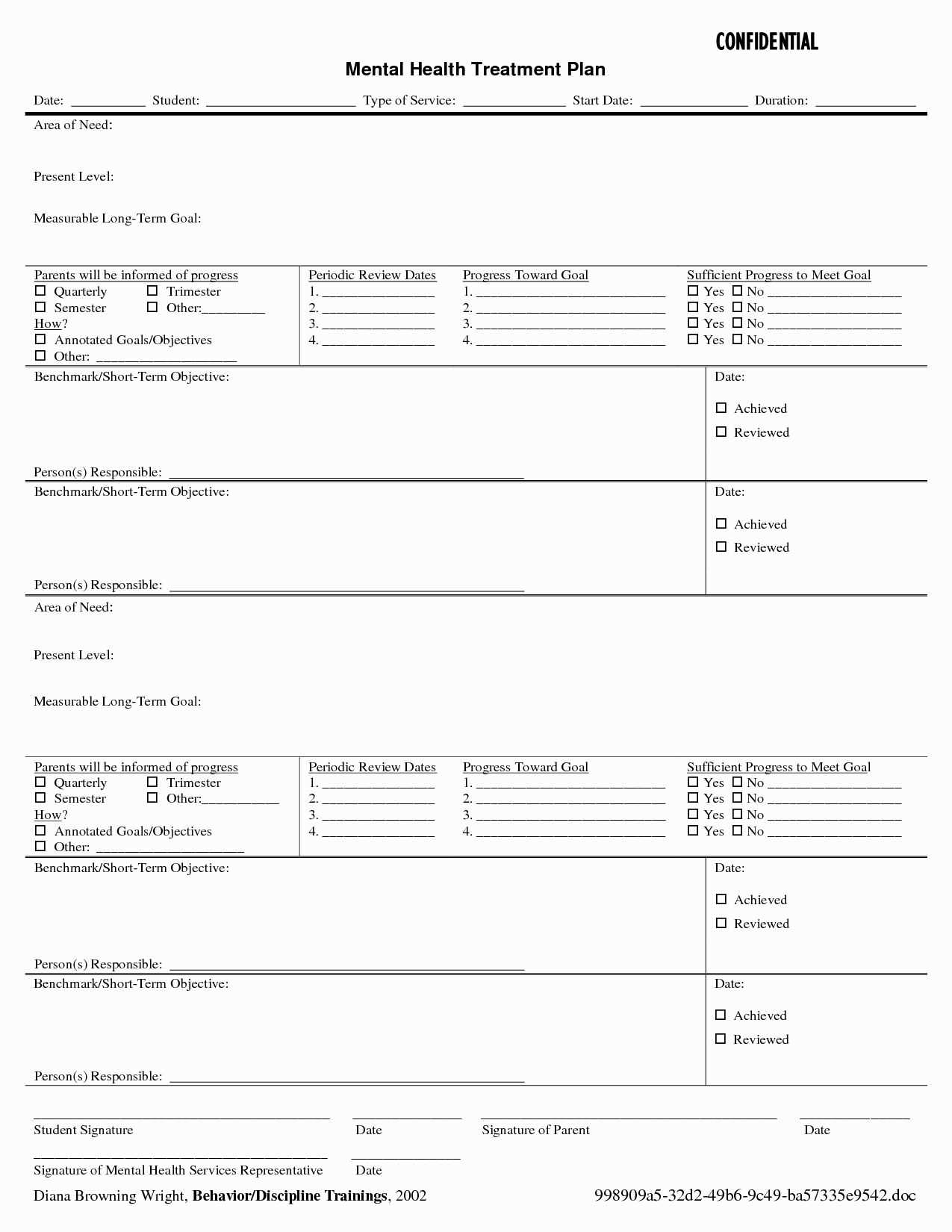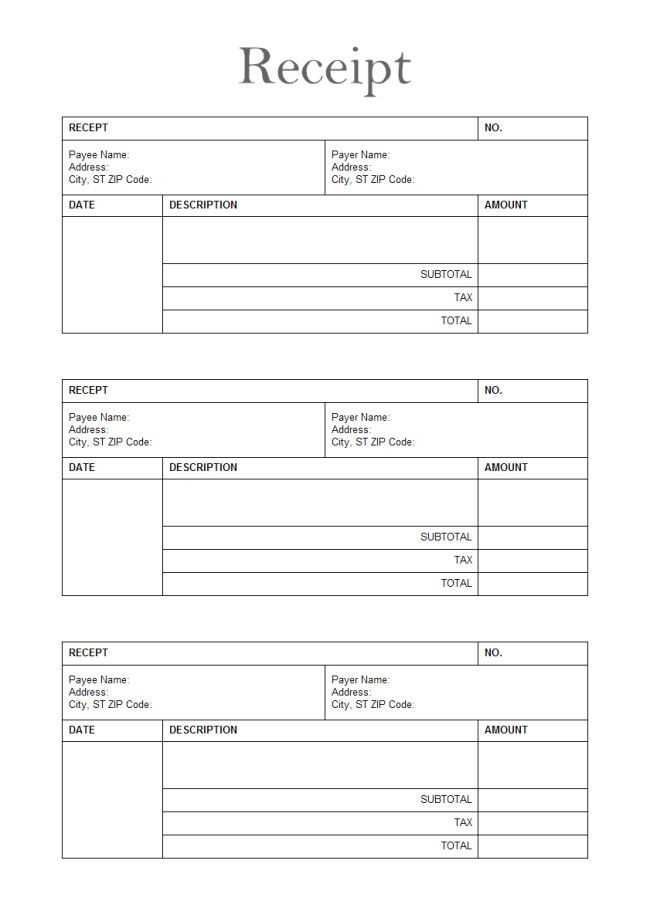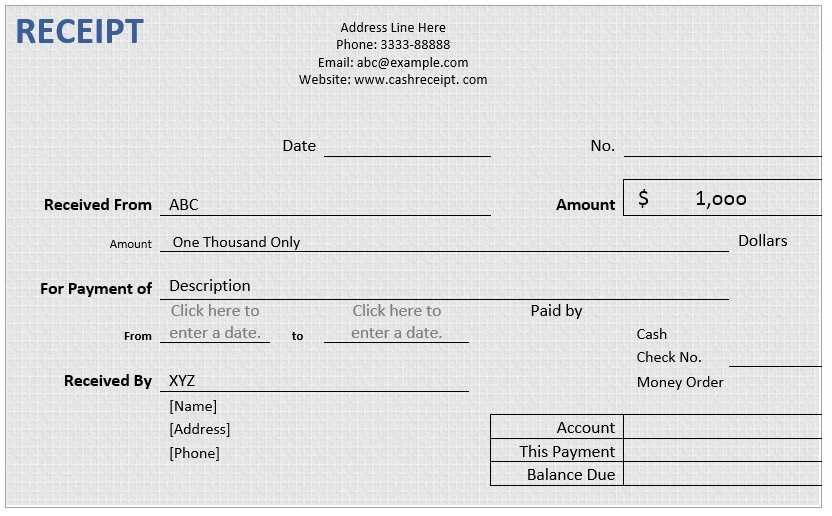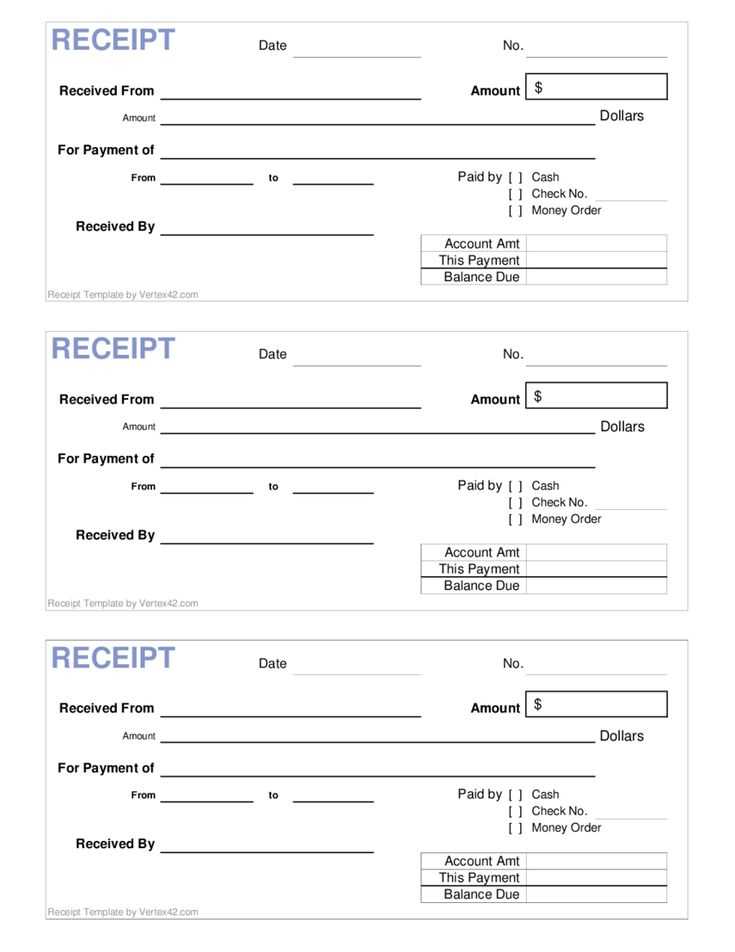
A well-structured jewellery receipt is a must for any business dealing with fine or fashion jewellery. It ensures both the seller and the customer have a clear record of the transaction, from item details to the final price. A professional template streamlines this process and minimizes errors.
Include the following key components in your template: the store’s name and contact information, a unique receipt number, and the date of purchase. Be sure to list all items purchased with clear descriptions, including the metal type, gemstone details, and size if applicable. This will not only aid in future inquiries but also provide transparency for the customer.
Consider adding a section for taxes and any additional fees. If the purchase includes a warranty or return policy, make this information easily accessible on the receipt. This builds trust and can reduce confusion in case of returns or exchanges.
For an organized and professional touch, use clean fonts and consistent layout. Ensure that the receipt is easy to read and visually clear, with a good balance between text and white space. A well-designed template can improve the customer’s experience and reflect the quality of your business.
Jewellery Receipt Template
Ensure your receipt includes all key details to guarantee clarity and transparency. Begin with the business name, address, and contact details at the top. Include a clear title like “Jewellery Purchase Receipt” to specify the document’s purpose. Provide the date and a unique receipt number for easy reference.
Next, list the purchased items with a brief description, such as type, material, and weight, along with the unit price and total price for each piece. A detailed breakdown allows for quick verification of the transaction. Indicate the total amount payable and the method of payment–whether it’s cash, card, or another option.
For warranty purposes, specify the duration and terms of coverage, such as whether it applies to defects in material or workmanship. If applicable, include any return or exchange policy, highlighting the timeframe within which returns are accepted.
Conclude the receipt with a space for the customer’s signature, acknowledging the terms and confirming their purchase. This adds a layer of authenticity and protects both parties in case of future disputes.
Creating a Clear Item Description
Specify the type of jewellery accurately, including the metal, gemstones, and any unique design features. Avoid vague terms like “fancy” or “stylish.” Instead, describe the material composition and finishes clearly, such as “14k white gold” or “diamond-encrusted band.”
Include precise measurements for the item. For rings, provide the size, and for necklaces, mention the length. For earrings, specify the drop length or width. If the jewellery has adjustable features, state the range to help the buyer make an informed choice.
List key details like gemstone weight, clarity, and cut. For diamonds, use the four Cs: carat, cut, clarity, and colour. If relevant, mention any certifications or appraisals for added trust and transparency.
Describe the craftsmanship. If the piece is handmade or features unique design elements, highlight these attributes. Mention the designer or brand, if applicable, as this adds authenticity and value.
| Item | Description |
|---|---|
| Ring | 14k yellow gold, round-cut diamond, 0.5 carat, size 7 |
| Necklace | 18-inch sterling silver chain, freshwater pearls, 8mm |
| Earrings | Platinum, princess-cut sapphire, 1 carat, 1.5-inch drop |
Always provide a clear item number or reference code to ensure easy identification for both the seller and buyer. This helps in case of returns or exchanges.
Incorporating Accurate Pricing Information
Clearly display pricing details to prevent confusion and ensure transparency. Always list the total price, including taxes and fees, on the receipt. This helps customers verify the amount they are paying and ensures no hidden charges.
Breakdown of Charges
Provide a detailed breakdown of each cost component. This includes:
- Item price
- Applicable taxes
- Discounts (if any)
- Additional fees (e.g., gift wrapping, shipping)
This breakdown fosters trust and makes the receipt easier to read and understand.
Real-Time Price Adjustments
Ensure that the pricing on the receipt reflects the most current rates, including any promotions or changes. Outdated prices can lead to misunderstandings and damage customer relations.
Always update your pricing template and verify that it matches the amount charged before issuing a receipt. This small step can prevent costly mistakes and improve customer satisfaction.
Designing a Customizable Layout
Allow customers to personalize their receipts by including essential elements such as company logos, product details, and transaction information. A clean and adaptable layout will accommodate various preferences, ensuring that each receipt feels unique and professional. Use a flexible grid system that adjusts to different data inputs, offering enough space for essential fields while keeping the design uncluttered.
Key Sections to Include
Include fields for the transaction date, itemized list of products or services, pricing, and payment method. Consider adding a “notes” section for custom messages or return policies. These fields should be easily adjustable, enabling the template to adapt to different business types, whether it’s a small boutique or a larger jewelry store.
Customizing with Color and Fonts
Integrate options to adjust font styles, sizes, and colors to align with the brand’s identity. Offering flexibility in visual elements allows businesses to maintain consistency across all customer-facing materials. Ensure that the chosen fonts are legible and appropriate for the format, especially when dealing with intricate jewelry descriptions.
Including Relevant Customer Details
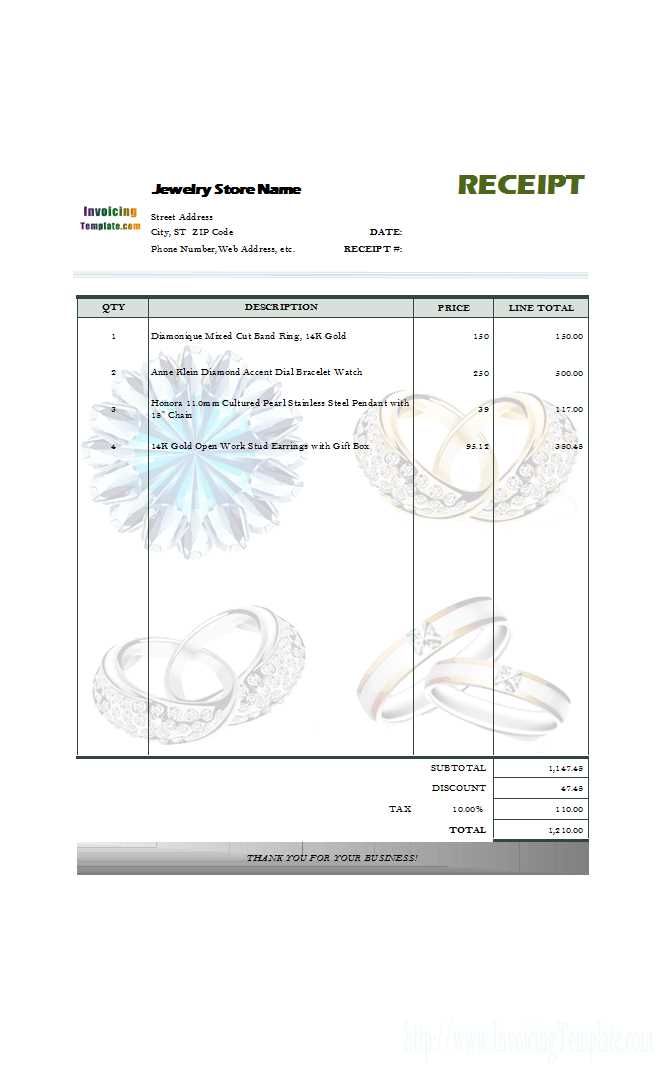
Ensure the customer’s full name appears clearly on the receipt. This should match the details provided during the purchase to avoid any confusion. Additionally, it is important to include their contact information–such as phone number or email address–especially if the receipt is related to a warranty or return policy.
Contact Information
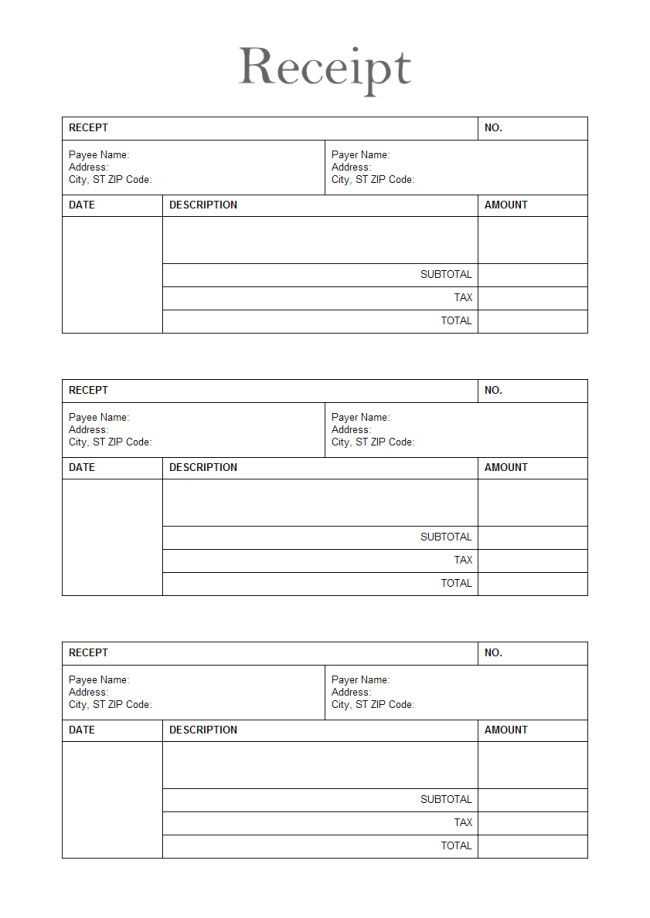
List the most current and accurate contact details. If a customer prefers communication via email or phone, note their preference. This helps streamline follow-up communication in case of any issues or returns.
Shipping Address
If the item was shipped directly to the customer, include the full shipping address. This verifies the delivery destination and serves as a reference point for any shipping discrepancies.
By including these specific details, you ensure the receipt not only serves as proof of purchase but also facilitates future communication with the customer.
Ensuring Legal Compliance and Warranties

Include clear terms on warranties for all jewellery items in your receipts. Specify the duration of the warranty, covering defects in materials or workmanship, and outline the process for returns or repairs. Clearly define exclusions, such as damage due to misuse or alteration. Make sure your receipt complies with local consumer protection laws, which may require you to inform customers about their legal rights related to refunds, repairs, and exchanges.
State the applicable jurisdiction for resolving disputes, whether through local courts or arbitration, and provide contact information for customer service. This ensures transparency and helps avoid misunderstandings. Attach relevant certifications or proof of authenticity for precious materials, where required by law, to bolster trust.
Lastly, update your receipt template regularly to reflect any changes in regulations or warranty policies. Keeping the document current will protect both your business and your customers.
Adding Terms and Conditions for Returns
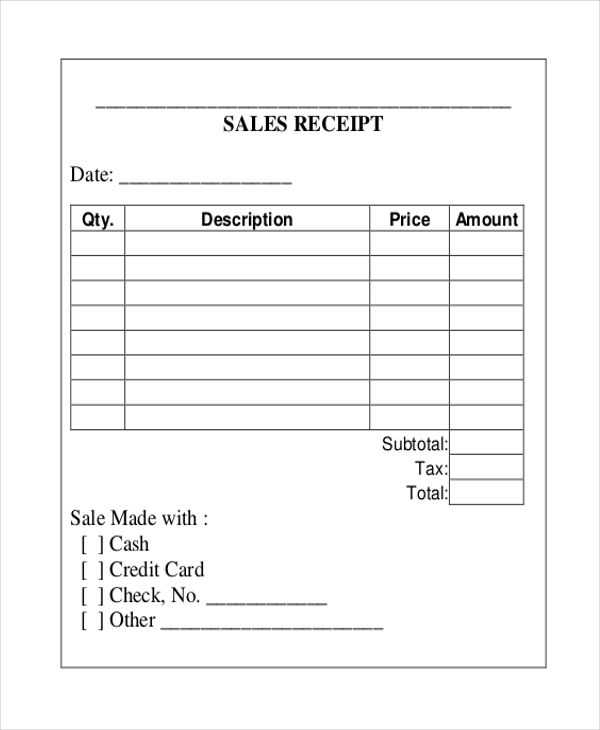
Clearly outline the return policy to ensure transparency and manage customer expectations. Define the time frame for returns, conditions under which returns are accepted, and any items that may not be eligible for return.
Time Frame for Returns
Specify the return window in days. A typical return period ranges from 14 to 30 days. Mention any exceptions or specific conditions where the return window may differ.
Conditions for Return
- Items must be unused and in original packaging.
- The receipt or proof of purchase must be provided.
- Customized or engraved products are usually non-returnable.
Ensure that the process for initiating a return is clear. Include details on how to contact customer support, how to ship the item back, and who covers the return shipping cost. Provide easy-to-follow instructions for any necessary documentation.
Refunds and Exchanges
State whether the customer will receive a refund or exchange for the returned item. If a refund is given, mention the method and timeline for processing payments. Be clear about any potential restocking fees or deductions from the refund amount.
Transparency in these terms helps build trust and reduces misunderstandings with customers.
